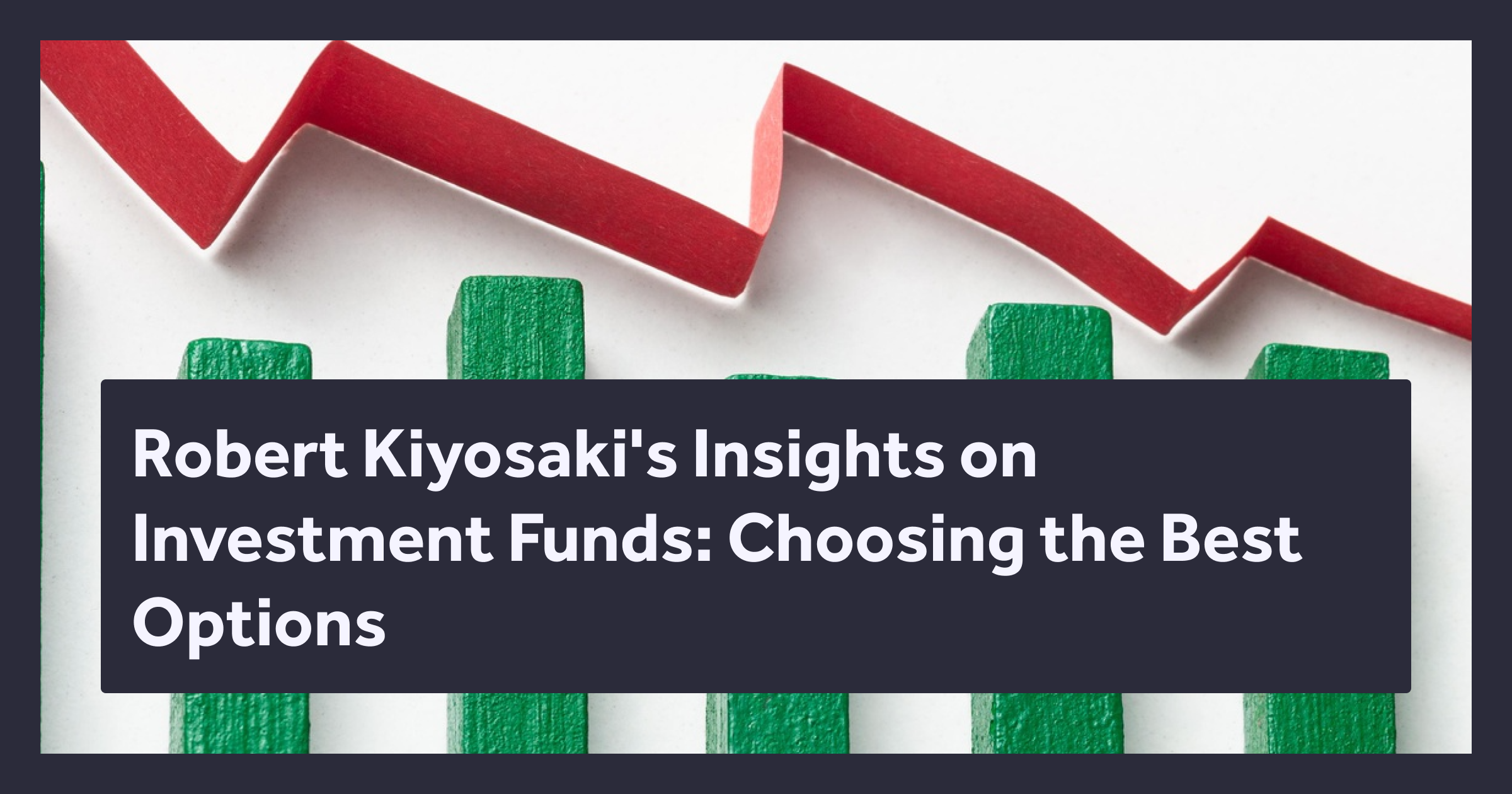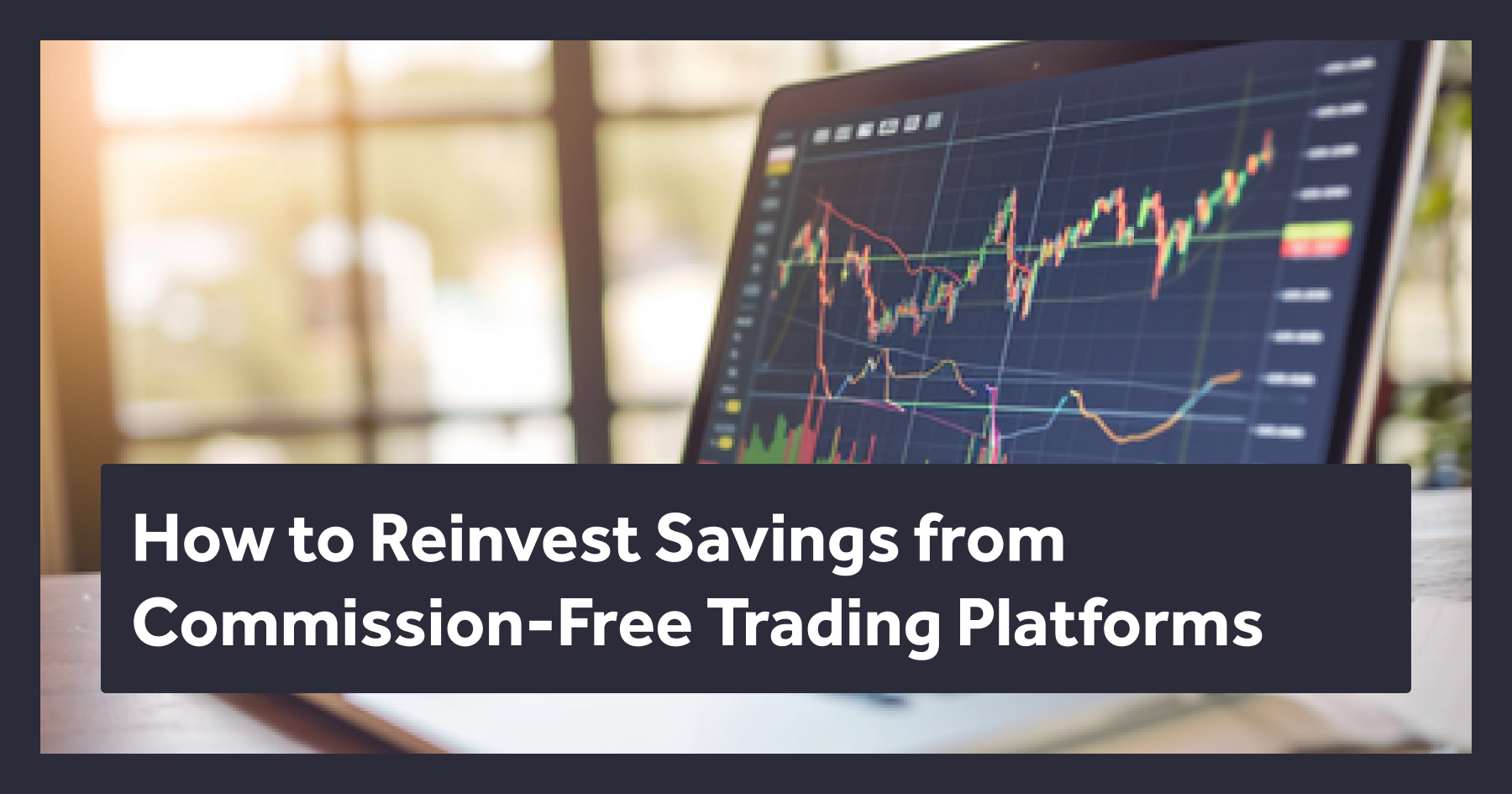
In today's rapidly evolving digital world, new forms of asset classes are emerging that challenge the conventional understanding of financial investments. These digital assets, primarily known as 'fungible' and 'non-fungible', offer everyday investors fresh avenues to grow their wealth. However, grasping their intricate nature can appear daunting.
This piece aims to break down the concepts of fungible and non-fungible digital assets, their market trends, inherent benefits, and associated risks.
Fungible Assets: Traditional and Reliable
A prime example of a fungible asset is money. The reason for money's fungibility lies in its uniformity and replaceability – a $1 bill can be effortlessly converted into four quarters or ten dimes. In a broader context, other commodities such as precious metals, sweet crude oil, and packaged products also fall under the category of fungible assets.
Key Takeaway: A fungible asset is interchangeable with another of its kind.
Fungible assets have remained an integral part of the global financial ecosystem, often used as effective economic tools. For instance, commodities are often used to hedge against inflation and market volatility. This strategic positioning could help stabilize the economy, making fungible assets a preferred choice for investors who are seeking consistent returns and lower volatility.
Non-Fungible Assets: A New Age Investment
The landscape of asset investment underwent a seismic shift with the emergence of non-fungible tokens (NFTs). Unlike fungible assets, each NFT is unique and can't be replaced with something else, attributing to their non-fungibility. Essentially, NFTs have become a digital certificate of 'ownership' for unique items or pieces of content.
The market trends for NFTs have been nothing short of remarkable. In 2021, trading in NFTs surged an astonishing 21,000% to top $17.6 billion, a considerable jump from the $82 million total reported in 2020. Money flowed mainly into collectibles, the most popular category of NFTs, accounting for $8.4 billion worth of sales. Gaming NFTs followed next, racking up $5.2 billion in sales.
Internationally acclaimed marketplace, Nifty Gateway, further demonstrated the growing popularity of NFTs. The platform recorded total monthly sales of NFTs worldwide at an impressive $8.95 million as of September 2023.
Key takeaway: The unique properties and upward market trend of NFTs have positioned them as an intriguing asset class for modern-day investors.
NFTs also offer compelling opportunities for creators. The prime example being the digital collage NFT that sold for $69.3 million in 2021. The sale signified a landmark moment for artists and creators, allowing them to monetize their original digital works directly.

Weighing The Benefits and Risks
As with any investment, it's crucial to understand the inherent advantages and potential risks associated with these digital assets.
Benefits of Fungible and Non-Fungible Assets
Fungible assets come with the alluring promise of stability and predictability. This class of assets is often tied to real-world commodities, thereby offering some level of hedging against economic downturns. However, non-fungible assets, or NFTs, are capturing the spotlight with their unique allure. They open doors to a wholly digitized realm where uniqueness and irreplaceability have intrinsic value and offer significant profit potential.
Navigating Risks: A Closer Look at Non-Fungible Tokens
Despite their scintillating recent performance, NFTs present some noteworthy risk factors. Their novelty has outpaced the development of statutory and regulatory frameworks, leaving a regulatory vacuum that raises considerable risks. Simply put, there currently isn't any legal framework explicitly applicable to NFTs.
This void brings unpredictable risks – issues related to intellectual property rights, lack of consumer protection, and potential fraud. As investors navigate this uncharted territory, it's essential to bear in mind the unregulated nature of NFTs and take necessary precautions.
A Comparison: Fungible and Non-Fungible Assets
Both fungible and non-fungible assets serve unique needs and investment strategies. One of the main distinctions is their inherent quality: fungible assets are interchangeable, whereas non-fungible assets are unique and cannot be directly swapped for each other. This difference significantly impacts the liquidity, volatility, and return characteristics of these assets.
For instance, precious metals, as fungible assets, are highly liquid and can be traded on various public market exchanges. Thanks to their uniformity, these assets provide a stable hedge against market fluctuations. On the other hand, non-fungible tokens (NFTs) can see drastic changes in value due to their rarity, uniqueness, and subjective appeal.
Another crucial aspect to consider is the potential return on investment. Standout NFT sales, like the digital collage selling for $69.3 million in 2021, depict the immense profitability that these unique digital assets can offer. However, these cases are exceptions, often driven by extensive hype and speculation.

Market Trends: An In-depth Insight
To put things into perspective, consider the rise in popularity of NFTs. Demand exploded in 2021, with the total trading value increasing by 21,000% to over $17.6 billion worldwide. Notably, the most significant segment of this was in collectibles, accounting for $8.4 billion of the total sales.
This exponential growth was a sequel to the previous year when the total trading value of NFTs was a rather modest $82 million. Moreover, major NFT marketplace Nifty Gateway reached just $8.95 million in total sales in September 2023, showing the volatility in market and risks associated. These increases nonetheless signal not just investment potential but also an ongoing paradigm shift as digital collectibles command prominence in the financial world.
In contrast, the markets for traditional fungible assets, like gold or crude oil, have been relatively predictable and stable, with prices influenced primarily by supply-demand dynamics, geopolitical events, and economic indicators.
Mitigating Risks: Practical Strategies for Investors

Regardless of the asset type chosen, all investments carry inherent risks. In the world of fungible assets, market volatility, geopolitical instability, inflation, and other macroeconomic factors can impact the asset's value significantly.
In the case of NFTs, additional risks such as regulatory uncertainties exist. With the lack of specific statutory and regulatory frameworks, the NFTs market isn't overseen by any legal authority. This dearth of governance may lead to issues regarding intellectual property rights and consumer protection discrepancies.
Despite these challenges, investors can adopt specific strategies to help mitigate these risks:
- Thorough Research: Before investing in an NFT, conduct adequate research into the item's rarity and uniqueness, ensure its provenance, and ascertain its potential value.
- Liquidity Risk Management: Understand that the liquidity of NFTs can be relatively low compared to fungible assets, owing to their unique characteristics. As a rule of thumb, don't invest more than you can bear to lose.
- Legal Consultation: Due to the absence of clear governing laws for NFTs, potential disputes or legal issues might arise. It's therefore advisable to seek legal consultation when in doubt, to better understand the potential risks.
Conclusion: The Future of Digital Assets
As we navigate the evolving landscape of digital assets, it's important to remember that there's no one-size-fits-all strategy. The choice between investing in fungible or non-fungible assets depends significantly on individual risk tolerance, investment goals, and market understanding.
Fungible assets, with their consistent returns and lower volatility, may align well with more risk-averse investors seeking stability in their portfolio. For risk-tolerant investors looking for potentially significant returns, NFTs, with their skyrocketing popularity and unique value proposition, could be a worthy addition to their investment arsenal.
However, given the rapid pace at which the digital asset space is developing, coupled with the uncertainties caused by an absence of regulation, an informed, educated, and cautious approach is paramount when investing in these assets. As the market matures, legislative measures may likely be introduced, offering a more secure and standardized environment for these investments, thereby enabling everyone to participate with more confidence in this inevitable digital asset revolution.




